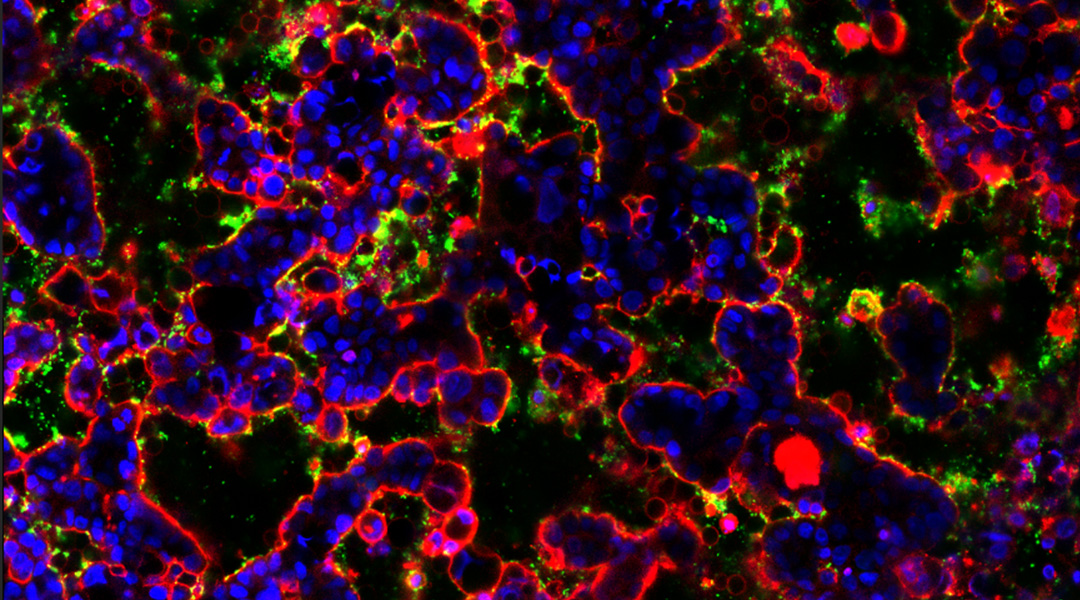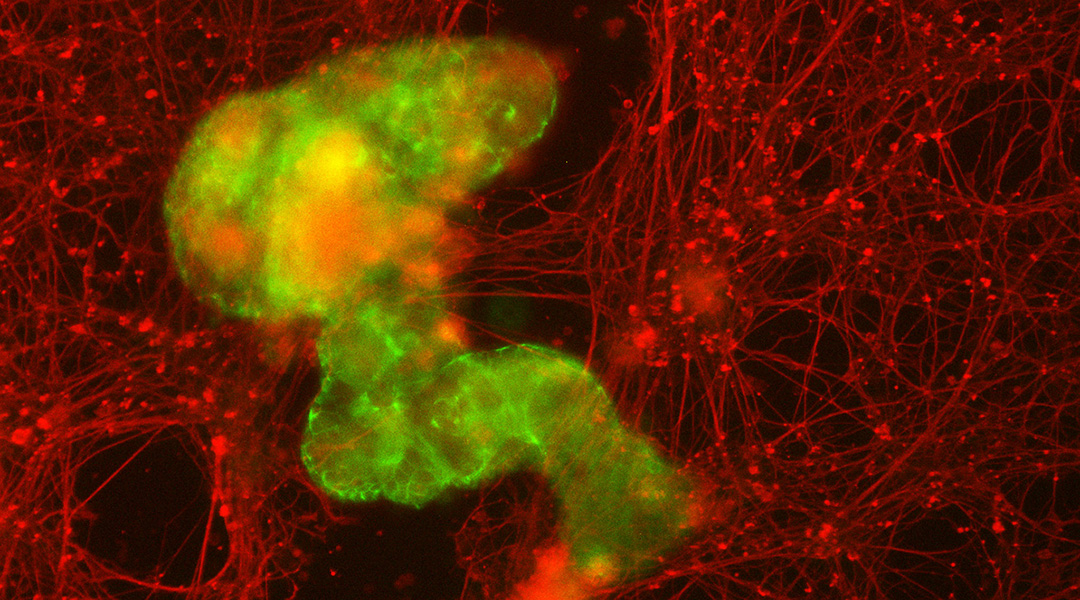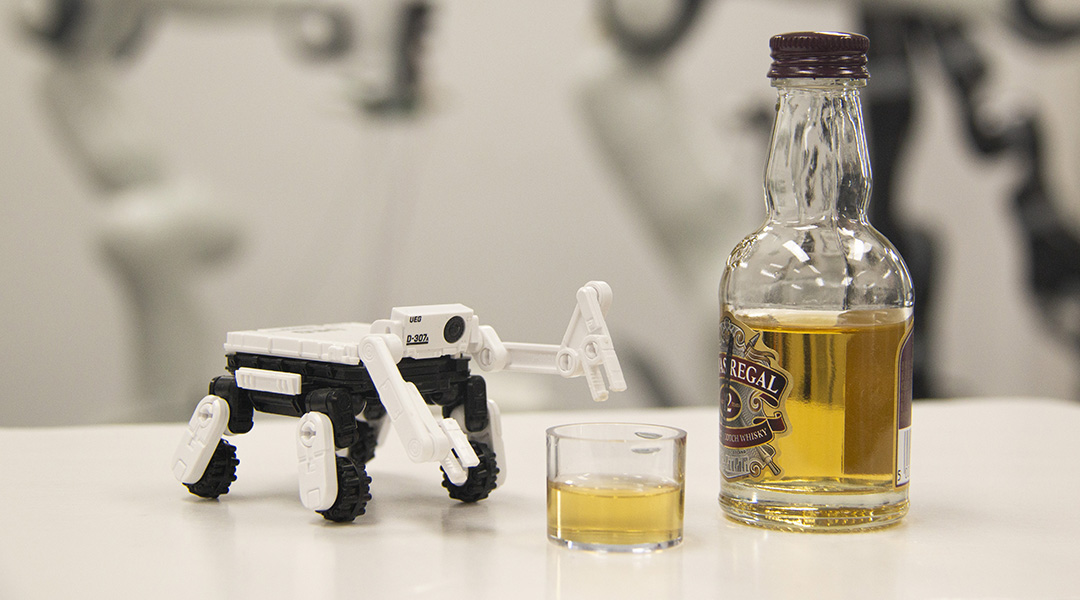This artificial gut will allow scientists to gain deeper insights into the biome that exists there and how dysregulation can lead to disease.


This artificial gut will allow scientists to gain deeper insights into the biome that exists there and how dysregulation can lead to disease.

A cloud-integrated wearable device could help catch postpartum problems during those critical first weeks after delivery.

Scientists have stabilized the natural product sanshool, a promising active ingredient for sunscreen and skincare products.

The first link between biomolecule concentration in our cartilage and the progression of osteoarthritis opens new routes for treatment.

Gene therapy restores hearing in children with hereditary deafness; ongoing trials show promise for widespread application.

Researchers have found a trade-off with screen time and the cognition, behavior, and brains volume of adolescent and young children.

High blood pressure can rapidly transform healthy arterial cells into inflammation-prone “foam cells” that pose an increased risk of cardiovascular-related issues.

Microscopic robots made out of a patient’s own cells may be able to work inside the body to repair damage, scope out signs of disease, or fight off infections.

Precisely copying the capabilities of a biological nose with an artificial one is a lofty but potentially world-changing goal.

New findings point to the crucial role that mRNA modifications play in how the body regulates pain-related molecules.